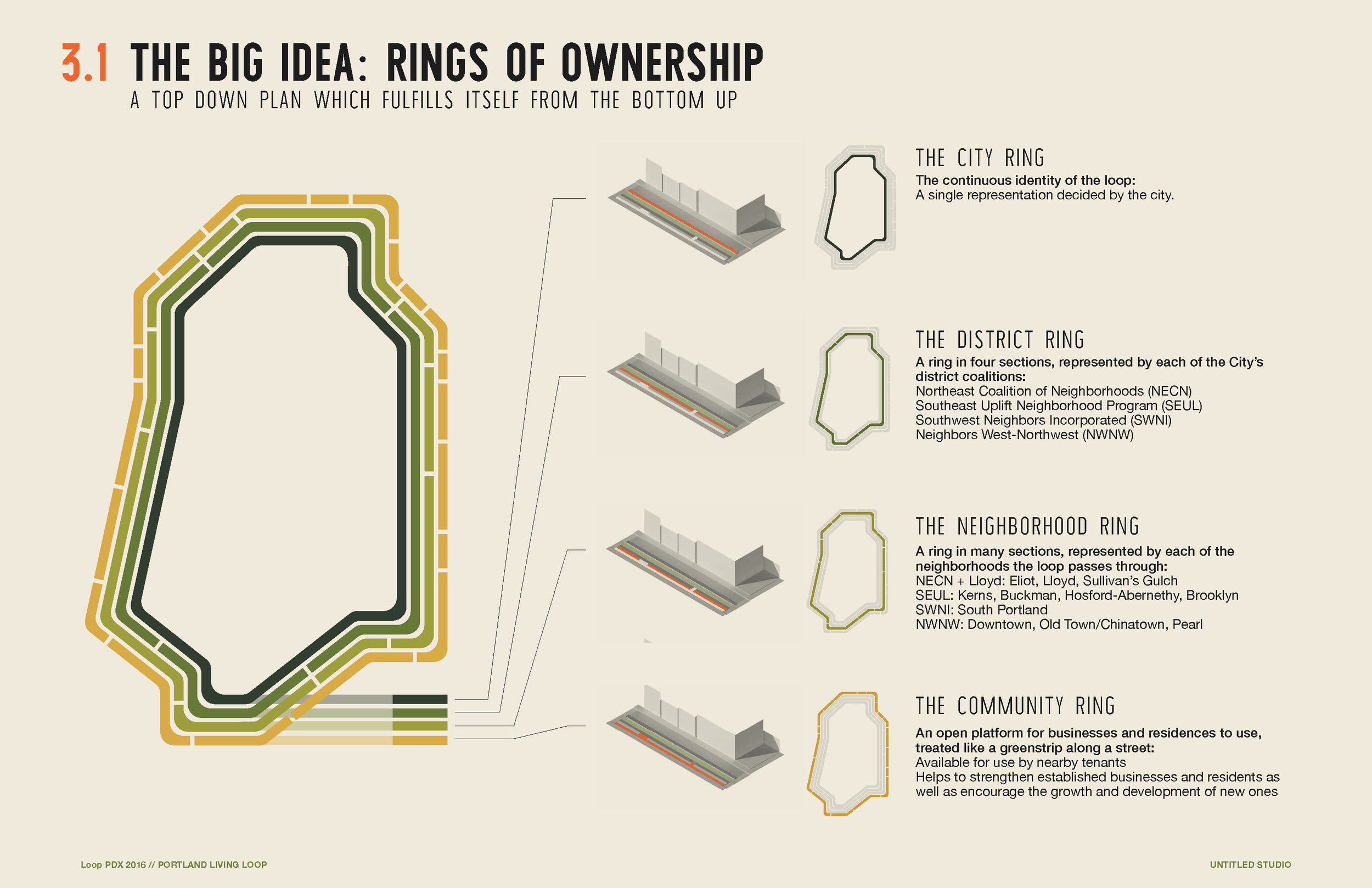John at home
This spring our founder died at the age of 78. John was a beloved son, husband, father and member of his community. And to us, John was so much more than the company’s founder. He built Huntco on his own hard work and strongly-held values, and the mark he left is still visible in the way we do business today. When I bought the company from John in 2000, he stayed on for months to make sure questions were answered, orders were being fulfilled and the transition was going smoothly. Huntco wouldn’t be what it is today without his ingenuity and commitment to serving the city he loved.
first Huntco logo
John was always the type to make something out of nothing. Looking to make a change from the real estate business in the late ‘80s, he discovered the potential of precast concrete piping. He realized it could easily be crafted into a durable and versatile trash receptacle. Concrete is resistant to graffiti, vandalism and natural wear and tear, and sturdy enough to act as a barrier around parking lots and storefronts. John’s first trash receptacle went to a convenience store in Northwest Portland. He created a logo by penciling a “cross-out” symbol over a clip art image of trash, and Huntco was born.
John took a special pride in engaging with the people of his community and meeting their needs in a unique way. His gift of gab served him well in recruiting new business and retaining loyal customers. If someone requested a site furnishing he didn’t offer, he’d figure out how to make it and add it to his catalog. He never passed up an opportunity, growing the business year after year while staying committed to quality products and by-hand process. In 1992, John hired his first employee, his oldest daughter Tori Lloyd. They expanded to national markets and continued to make Portland a showcase of Huntco products.
When Tori left Huntco, John hired a young man named James Bastron in 1996, fresh out of high school. John didn’t know James well, but he was the type of man to give people a chance. James initially handled packaging and deliveries and eventually worked his way into a role as an estimator. They often ate breakfast at the Dockside Saloon and worked shirtless on warm summer days with no air conditioning. Every spring they watched the Masters golf tournament on a TV in the office. Nearly twenty-five years later, James still works for Huntco. He’s also married to another of John’s daughters, Danielle.
In 1999 I was working long hours as a general contractor when I discovered that my uncle’s friend John was looking to sell his business. My wife and I made the decision to buy Huntco in July of 2000. When I took over operations, the company was running smoothly and I made very few changes. John worked with me to answer questions and identify growth opportunities. I transitioned the bookkeeping to computer software and expanded our list of offerings. But I didn’t come in with the intention to shake things up and change course. Just the opposite. I loved what the company did and what it stood for. Today Huntco has grown a little bigger and the product line is a little different, but the spirit remains the same. We do most of our fabrication right here in Portland and maintain many partnerships around the county. We’re proud to say that we are 100% American made. I think John would be proud of that too.
HOLIDAY CLASSIC


































